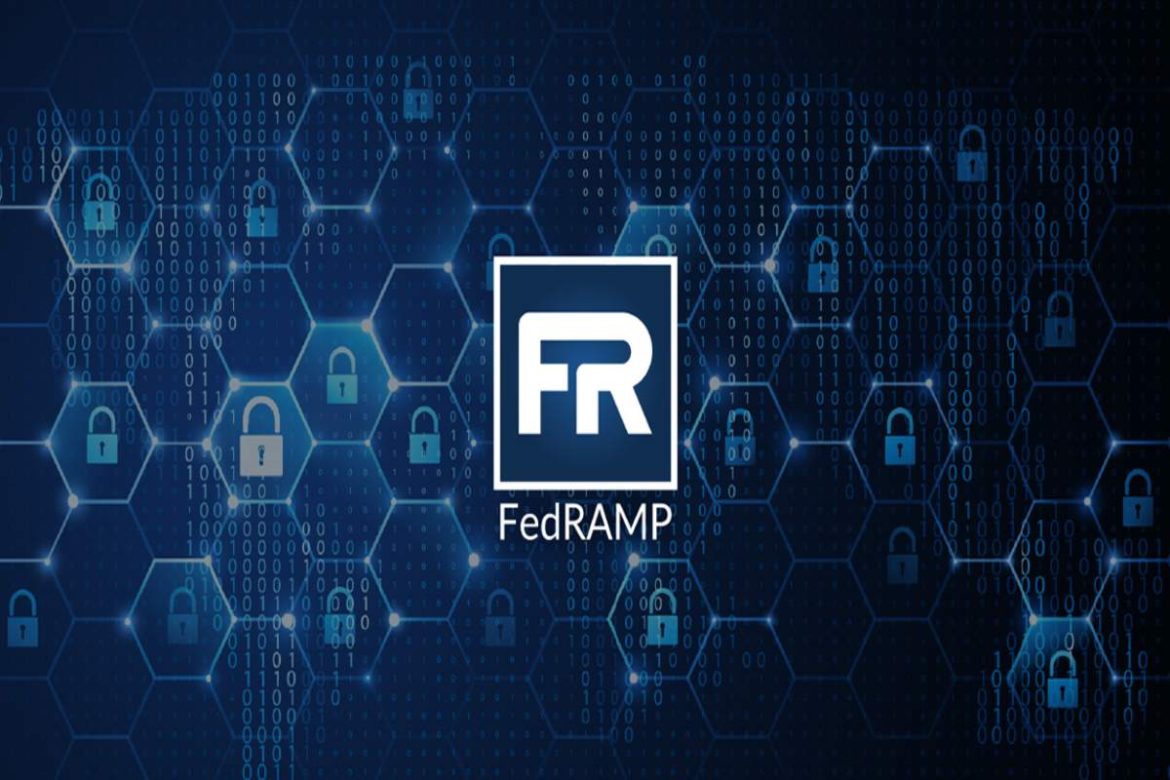In today’s digital landscape, security and compliance stand as paramount pillars for any organization, particularly those engaging in software development and testing. For companies operating within or seeking to enter the U.S. federal market, compliance with stringent security standards is non-negotiable. Among the foremost compliance frameworks is the Federal Risk and Authorization Management Program (FedRAMP), designed to standardize security assessments, authorization, and continuous monitoring for cloud products and services used across federal agencies.
Achieving FedRAMP compliance for software development and testing environments presents a unique set of challenges and requirements. It necessitates a meticulous understanding of the regulatory landscape, robust security protocols, and an unwavering commitment to aligning internal processes with the stringent guidelines set forth by the program.
Table of Contents
Understanding FedRAMP Compliance
FedRAMP compliance ensures that cloud-based systems meet the necessary security controls to protect sensitive government data. However, compliance extends beyond just cloud services—it permeates every facet of software development and testing environments utilized by federal agencies. This includes not only the final software product but also the tools, infrastructure, and methodologies involved in its creation and validation.
Key Considerations in Software Development and Testing Environments
- Risk Assessment and Management: Prior to pursuing FedRAMP compliance, conducting a thorough risk assessment is imperative. Identifying potential vulnerabilities and establishing risk mitigation strategies lays the groundwork for a robust compliance framework.
- Adherence to FedRAMP Requirements: Understanding the specific security controls and guidelines outlined by FedRAMP is pivotal. It involves aligning the development and testing processes with the stringent standards set forth by the program.
- Secure Infrastructure and Tools: Implementing secure development environments, tools, and methodologies is essential. Encryption, access controls, and secure coding practices should be integral components of the development and testing infrastructure.
- Continuous Monitoring and Evaluation: FedRAMP compliance is not a one-time achievement; it requires continuous monitoring and evaluation of systems, processes, and tools. Implementing robust monitoring mechanisms ensures ongoing compliance and prompt identification and resolution of security issues.
Challenges in FedRAMP Compliance for Software Development and Testing Environments
Balancing Agility with Security
Software development thrives on agility and rapid iterations. However, integrating stringent security measures can sometimes conflict with the need for quick releases. Finding the equilibrium between maintaining agility and ensuring robust security remains a persistent challenge.
Solution: Adopting DevSecOps practices helps embed security into the development process without impeding speed. This involves automating security checks within the development pipeline to ensure continuous integration and deployment while maintaining security protocols.
Consistent Compliance Across Distributed Teams
In today’s interconnected world, development and testing teams are often distributed across different geographical locations or work remotely. Ensuring uniform adherence to FedRAMP compliance standards across these diverse teams poses a significant challenge.
Solution: Regular and comprehensive training sessions on FedRAMP compliance for all team members are crucial. Employing standardized processes and tools that are compliant by design can also aid in ensuring consistent adherence across distributed teams.
Integrating Security Measures without Hindering Innovation
Security measures, if too cumbersome or rigid, can stifle innovation by imposing restrictions on development and testing processes. Encouraging innovation while maintaining stringent security standards is a delicate balance.
Solution: Cultivate a culture of security awareness and involvement among developers and testers. By integrating security considerations early in the development lifecycle and emphasizing the importance of secure coding practices, teams can innovate while staying within the compliance boundaries.
Best Practices for Overcoming Challenges
- Implement Automated Security Checks: Integrate automated security checks into the development pipeline. Employ tools and technologies that automatically scan for vulnerabilities and compliance issues in code and configurations. Automated checks ensure that security measures are consistently applied without causing delays.
- Regular Security Training: Conduct periodic training sessions for developers and testers to educate them about FedRAMP compliance requirements, best practices, and evolving security threats. Awareness and understanding of security protocols empower teams to proactively address compliance challenges.
- Adopt DevSecOps Principles: Embrace a DevSecOps approach that integrates security into every phase of the development and testing lifecycle. By involving security experts from the outset and utilizing automated security testing tools, organizations can embed security seamlessly into the development process.
- Establish Clear Communication Channels: Foster open communication channels between security, development, and testing teams. Encourage collaboration and knowledge-sharing to ensure everyone is aligned with compliance objectives and can contribute to the security posture effectively.
Conclusion
FedRAMP compliance for software development and testing environments is an intricate journey requiring unwavering commitment and expertise. By comprehensively understanding the requirements, adopting robust security measures, and embracing a culture of continuous improvement, organizations can navigate the complexities of compliance, ensuring the development and testing of software align seamlessly with the stringent standards mandated by FedRAMP.
About Author
My name is Manpreet and I am the Content Manager at Scrut Automation, one of the leading risk observability and compliance automation SaaS platforms. I make a living creating content regarding cybersecurity and information security.
Manpreet can be reached online at manpreet@scrut.io and at our company website https://www.scrut.io/

